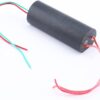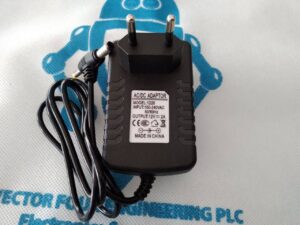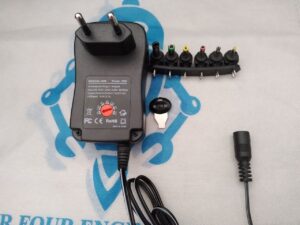+251 99 380 2995 | +251 97 022 2227 | [email protected]
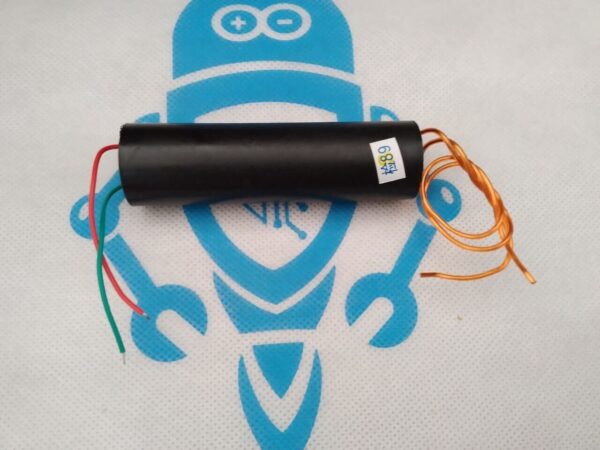
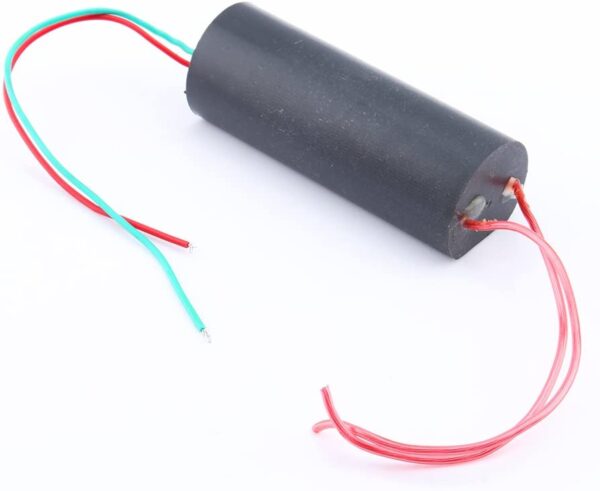
High Voltage Generator
Br 1,500.00
- DC 3V‑6V to 1000kV 1000000V Boost Step‑Up Power Module High Voltage Transformer
- input voltage: DC 3 V to 6 V
- Input current: 2A – 5A
- High pressure type: the type of pulse current
- Output voltage: 1000000v(Please pay attention to safety)
- High pressure discharge distance between: 10 mm – 20 mm
- The output high voltage wire length: 100 mm
- Input power cord length: 100 mm (the red line is positive)
- Wiring:Red and green power connection red line:” ” green line “-“
- output: the other side ,same color cable
1. Educational Demonstrations
- Physics Experiments: Demonstrate principles of electricity, such as high-voltage phenomena, electric fields, and discharge effects.
- Safety Training: Show the effects of high voltage in a controlled environment, emphasizing safety precautions.
2. Electronics Projects
- Ignition Systems: Use in circuits that require high voltage for ignition, such as gas burners or certain types of gas discharge lamps.
- Arc Generators: Create a spark or arc for experiments or projects involving plasma.
3. Scientific Research
- Ionization Studies: Investigate ionization processes in gases or other materials.
- Particle Acceleration: In experimental setups requiring charged particles to be accelerated.
4. HV Testing
- Insulation Testing: Test the dielectric strength of materials by applying high voltage.
- Component Testing: Check the performance of electrical components under high-voltage conditions.
5. Artistic Uses
- High-Voltage Displays: Create visual effects using high-voltage arcs or corona discharges for art installations.
6. Miscellaneous Applications
- Electrostatic Precipitators: Use in air quality devices to charge and collect particles.
- Gas Discharge Tubes: Power gas tubes for lighting or visual effects.
Safety Precautions
- High Voltage Hazards: Always handle high-voltage equipment with care. Use proper insulation and safety gear.
- Proper Enclosure: Ensure the generator is housed in a safe enclosure to prevent accidental contact.
Conclusion
This type of high-voltage generator can be a versatile tool for experiments, educational purposes, and various practical applications. Just ensure to follow safety guidelines and use it in appropriate environments.
You may also like…
-

150W DC-DC Boost Converter
Br 1,250.00 -
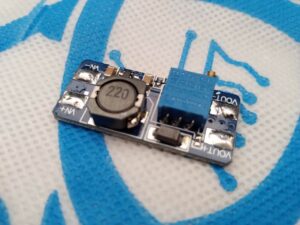
MT3608 Step-Up Power Module
Br 500.00 -

Mini-360 DC-DC Buck Converter
Br 450.00 -

Buck Converter HCW-P715
Br 650.00


